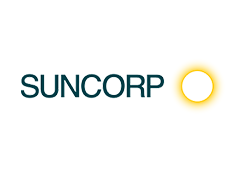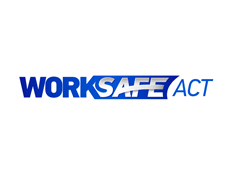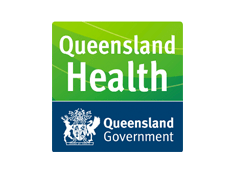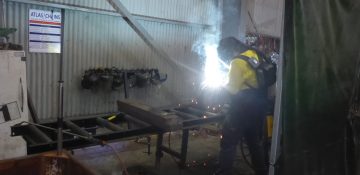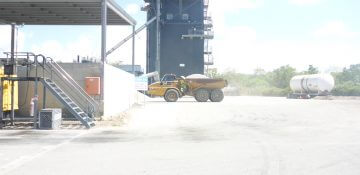Hazmat Plus provides services in occupational hygiene exposure assessment reporting which includes personal air monitoring. One of these services is for respirable crystalline silica (RCS) which has been recently termed “the new asbestos” due to its harmful effects on the lungs which can result in silicosis. The purpose of the crystalline silica monitoring is to determine the airborne concentrations of respirable silica dust including the crystalline silica component of the dust at a typical worksite that employees may be exposed to during their normal working conditions and provide recommendations regarding controls where appropriate.
What is respirable crystalline silica?
Crystalline silica is a naturally occurring mineral found in sand, concrete, stone and mortar. When cut, drilled, crushed, sawn or ground, however, respirable crystalline silica dust is released and can result in fatal lung disease. Silica analysis of the air within a workers breathing zone” is essential in understanding if your workers are potentially being exposed to RCS and to assist in minimising that exposure as low as reasonable practicable.
How to monitor silica dust?
Crystalline silica can be monitored in the air using a cyclone filter head attached to a worker’s shirt and connected to a pump attached to their belt or pocket. During silica monitoring, the pump draws air into the cyclones filter and this filter sample is then sent for gravimetric and silica analysis at a NATA accredited laboratory.
What is the permissible exposure limit for respirable crystalline silica?
When crystalline silica dust enters the air it can result in fatal lung disease. The permissible exposure limit for respirable crystalline silica dust is not more than 0.05mg/m3 time-weighted average over an 8-hr, 5-day working week. Safework Australia has recommended this exposure standard be lowered to 0.025mg/m3 of air. Silica monitoring and analysis are essential to document if your current controls including respiratory protection is adequate and if required, what additional controls can be used to lower exposure rates..
Crystalline Silica Dust
Silica is a name that collectively describes various forms of silicon dioxide, including both the crystalline and non-crystalline (amorphous) forms of silica. Synonyms include; α quartz, crystallized silicon dioxide, silica and calcined diatomaceous earth. Silicosis is a harmful disease that silica dust can result in.
The airborne concentration of crystalline silica dust should be determined in the manner specified in Methods for Measurement of Quartz in Respirable Airborne Silica Dust by Infra-red Spectroscopy and X-ray Diffractometry.
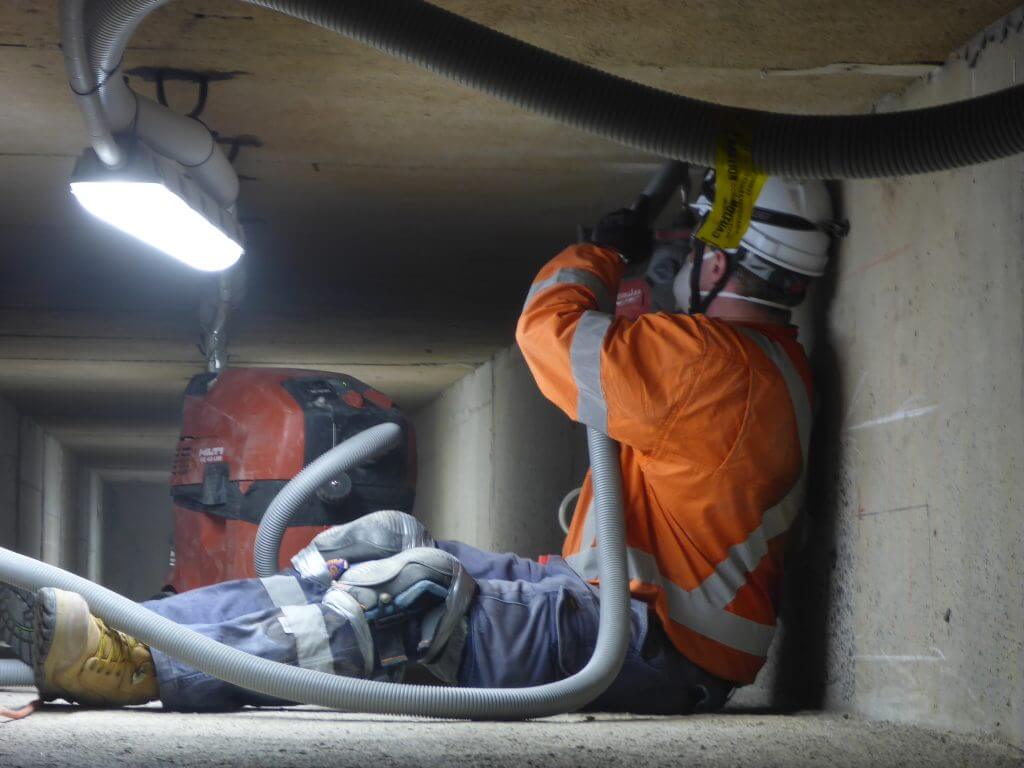
Airborne contaminant means a contaminant in the form of a fume, mist, gas, vapour or dust, and includes microorganisms. An airborne contaminant of this type is a potentially harmful substance that is either not naturally in the air or is present in an unnaturally high concentration and to which workers may be exposed in their working environment. The WH&S Regulations 2011 require Persons Conducting a Business or Undertaking (PCBU) to ensure their employees are not exposed to harmful levels of air contaminants at work and if this is unknown air monitoring by an Environmental Scientist or Occupational Hygiene is required to ascertain this is not the case.

SafeWork Australia provides us with Workplace Exposure Standards (WES) which are generally below the unsafe levels of contaminants in the air, however, in keeping with good occupational hygiene practice, exposure should be kept as low as reasonably practicable.
Exposure standard means an exposure standard in the Workplace Exposure Standard for Airborne Contaminants as listed above. An exposure standard represents the airborne concentration of a particular substance or mixture that must not be exceeded. The exposure standards can be of three forms:
a) 8-hour time-weighted average,
b) peak limitation, and
c) short term exposure limit.
Peak limitation means a maximum or peak airborne concentration of a substance determined over the shortest analytically practicable period of time which does not exceed 15 minutes. Short term exposure limit (STEL) means the time-weighted average maximum airborne concentration of a substance calculated over a 15 minute period.
8-hour Time-weighted average (TWA) means the maximum average airborne concentration of a substance when calculated over an eight-hour working day, for a five-day working
Scope of works:
- Development of a task-specific Safe Work Method Statement (SWMS);
- Walkover inspection of the site and discussions with WH&S Management and window fitters;
- A sampling of respirable dust from within selected worker’s breathing zones;
- Laboratory analysis of selected samples at a NATA accredited facility for respirable dust and crystalline silica;
- Review of the laboratory results and interpretation of the data;
- Reporting of the results with a discussion and conclusion including the provision of appropriate controls and hazard mitigation techniques.
For more information on Crystalline Silica Dust Monitoring call 1300 797 441, or email info@hazmatplus.com.au.





